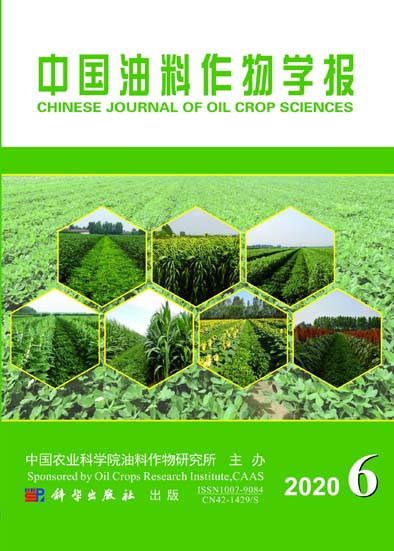Soil degradation and environmental pollution were caused by long-term and large-scale application
of chemical fertilizers. In order to improve soil fertility and improve fertilizer utilization, the variety Longhua 5 as
the test material, the experiment of reducing nitrogen and applying organic fertilizer was set to explore effect of dif⁃
ferent fertilizer management on photosynthetic physiology and yield in Yinan County, Shandong Province in 2018
and 2019. The result showed that the main stem height, leaf area index, net photosynthetic rate, hundred fruit
weight, hundred kernel weight and yield of peanuts were reduced with 25% and 35% nitrogen reduction compared
with conventional nitrogen application, but it had no significant effect on kernel rate. The main stem height was pro⁃
moted and the leaf area index, SPAD, net photosynthetic rate and yield were significantly improved by the applica⁃
tion of calcium fertilizer under the premise of quantitative nitrogen fertilizer. In the case of nitrogen and calcium op⁃
erations, the net photosynthetic rate, leaf area index and the yield were the highest while 25% nitrogen reduction
combined with 300 kg·hm-2 calcium fertilizer treatment. It was concluded that the production of 311.15 kg·hm-2 cal⁃
cium fertilizer with 25% nitrogen reduction was the highest in 2018, and the production of 304.99 kg·hm-2 calcium
fertilizer with 25% nitrogen reduction was the highest with mathematical modeling and analysis in 2019. Nitrogen
and calcium operations increased peanut production, which could optimize fertilizer application and provided
theo⁃retical support for balanced fertilization, high yield, and stable yield of peanut.
